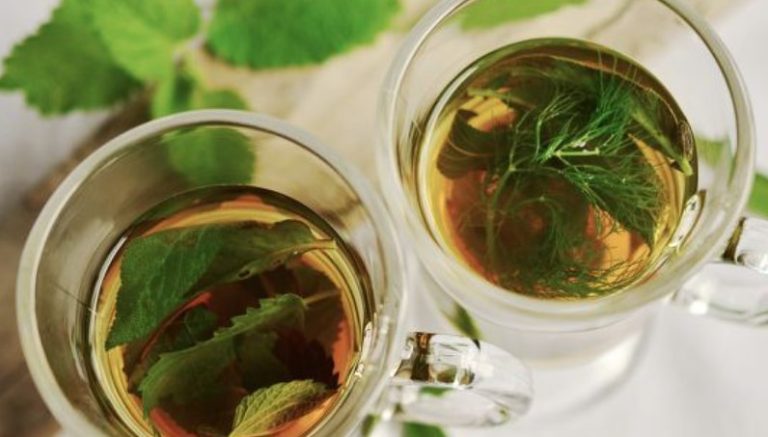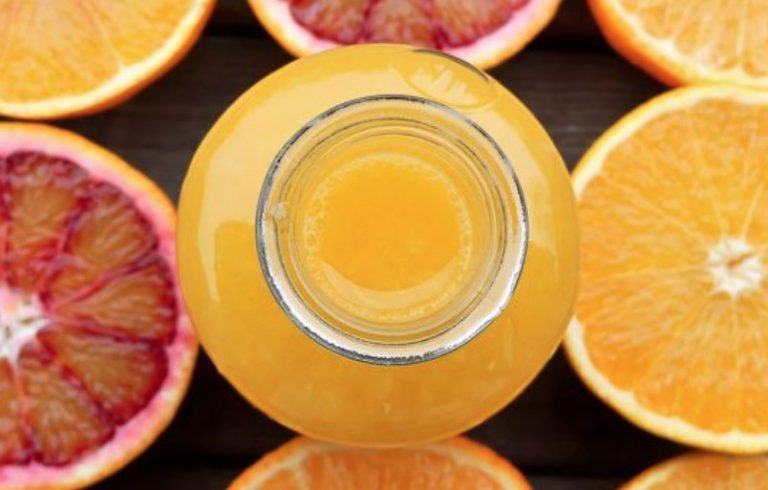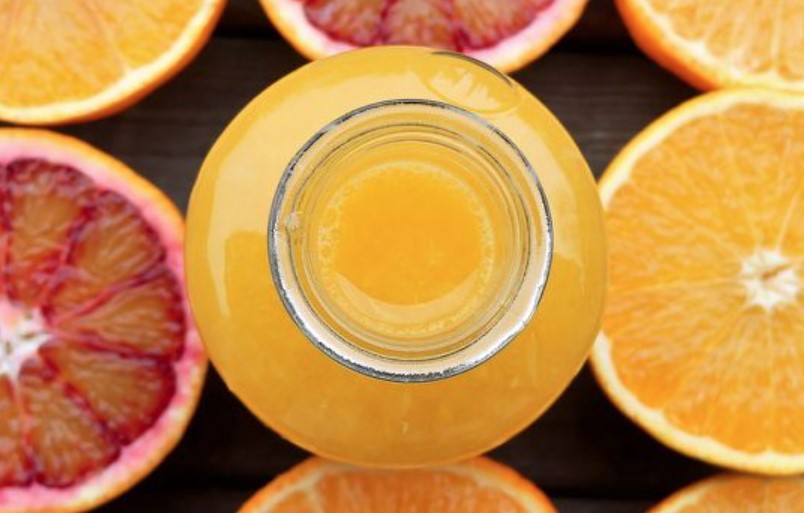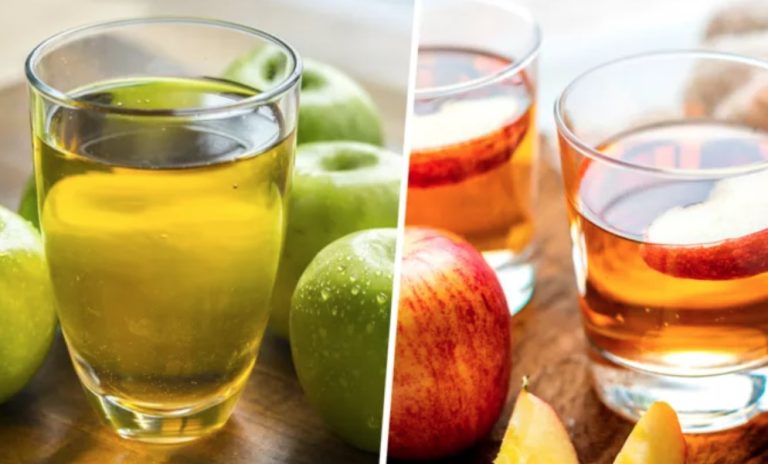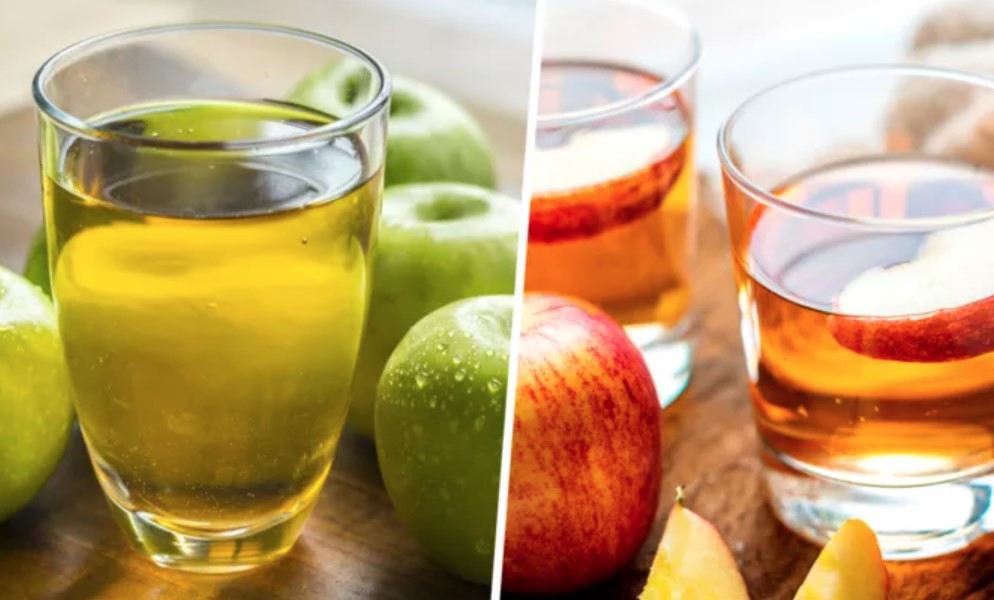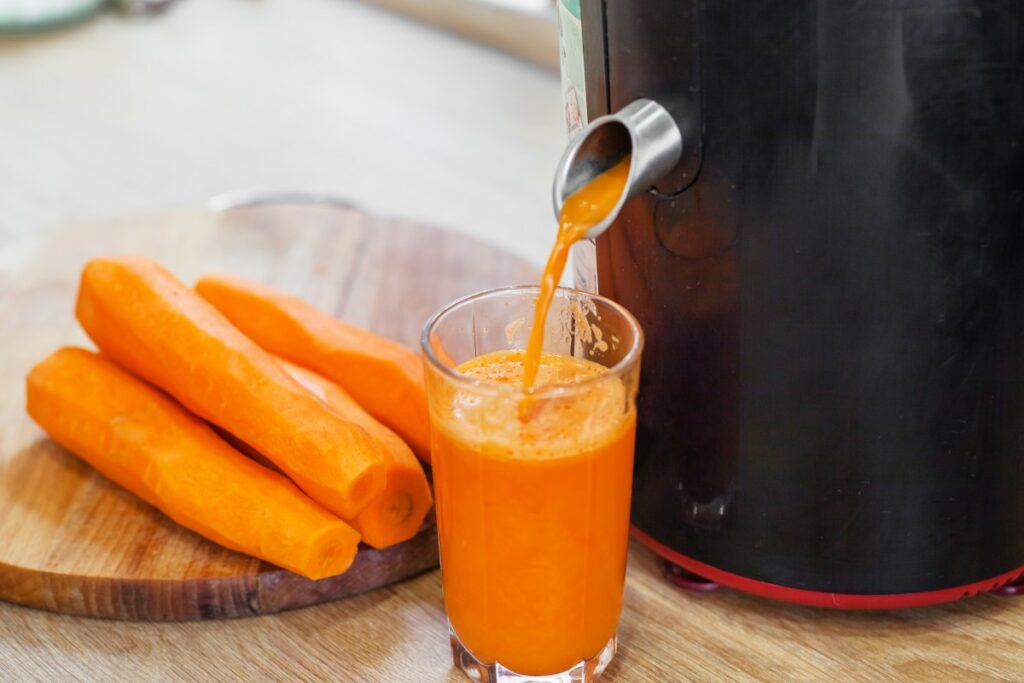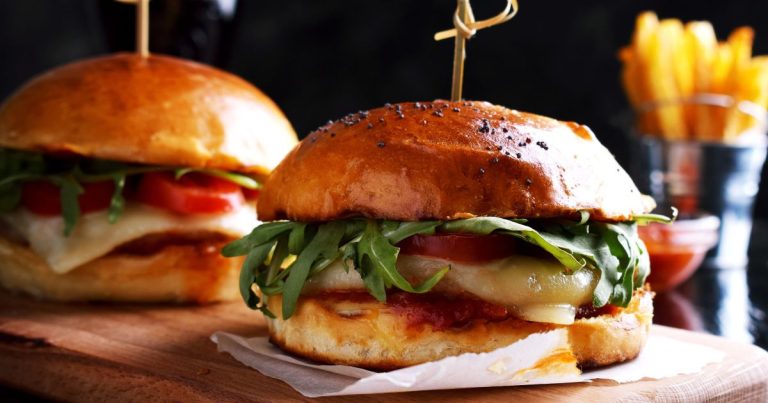Johann Wolfgang von Goethe said: “No pleasure is temporary, because the impression it leaves is lasting”. Everyone who has traveled to western Sweden appreciates the enjoyable coffee break that is taken daily in cozy cafes with delicious coffee and excellent cake. The fika tradition is unique in the world. You can also take a Swedish coffee break. The coffee for your fika works particularly well with the French press, because this allows the full aroma to unfold. Feel free to leave the filter coffee machine in the cupboard.
Fika – a special coffee break requires the French Press

Swedes call their coffee break, which includes eating delicious biscuits, cakes or fine Danish pastries, fika. The Swedish coffee break is taken together and is an excellent way to intensify contact with colleagues or to spend valuable time with friends.
The Swedish fika is very different from the customs of other countries, where you drink your coffee quickly while standing or walking. Swedes take time for each other, reduce stress by drinking coffee together, intensify contacts and treat themselves to delicious pastries and excellent cakes. The time together, the culinary delights and the delicious coffee from a filter coffee machine or a French press are what make the Fika what it is. Find out more about the differences between the preparation with the French press and the filter coffee machine.
Coffee for the fika – brew with the filter coffee machine or with the French press?
Most Swedes brew their morning coffee in a filter coffee machine. Swedes drink a lot of coffee, so capsule and pad machines are not common. The Swedes are nothing like the filter coffee machine.
The coffee that is drunk with the fika in the afternoon is prepared with the Swedish pot or the French press. Anyone who boils their favorite hot drink will be rewarded by the full-bodied aroma. Brewed coffee is characterized by a lot of body. The oils and fats contained in the coffee are not filtered out during filterless preparation. When it comes to coffee enjoyment, it makes a difference whether you use the filter coffee machine or the French press. Filter coffee machines and French presses only offer two methods of preparation for the fika, among many others.
Coffee is offered in Sweden in the two degrees of grind “Kok” (cooking coffee) and “Brygg” (brewed coffee). Swedish coffee packaging contains both the designation of the degree of grinding and a coffee pot or filter symbol. This tells you whether you should brew or boil the coffee. With the French Press you can boil coffee and with the filter coffee machine you can brew brewed coffee.
In the coffee perfect online shop you can buy high-quality bean and filter coffee for the Fika.
Swedish coffee tastes less acidic and stronger than our coffee. The beans are roasted darker in the north and the beans are selected for types that are less acidic. You will taste these two differences, regardless of whether you prefer to prepare your coffee with the filter coffee machine or the French press.
How you make the coffee for the fika depends on what type of guy you are:
Cook boiled “Kok” in a pot or French press
Traditionally, Swedish coffee “Kok” is boiled with water in a pot. The coffee powder falls to the bottom of the pot and the hot drink is carefully poured into a cup. The coffee powder settles in the cup. After enjoying the coffee you can read the coffee grounds.
This method of preparation is preferred by many Swedes for the fika, but in this country it is not for everyone because of the coffee grounds, which unfortunately are always drunk.
If you want to have the full coffee experience without coffee grounds in the cup, prepare your favorite hot drink with the French press. Very fresh coffee “Kok” without coffee grounds is child’s play with the French press. Pour hot water over the coffee in the French Press, let the coffee steep and use a metal sieve to press down the coffee grounds. In contrast to the filter coffee machine, the metal sieve in the French press does not filter, but preserves the fats and oils that are in the coffee. The coffee is characterized by an aromatic fullness. If you want the full aromatic taste, you should prepare the brewed coffee with the French Press. Brewing systems cannot compete with the French Press.
Cooked out prepare “Brygg” in the percolator or in the filter coffee machine
Coffee that has the “Brygg” grind can be prepared in the filter coffee machine or in the percolator. In the percolator, the boiling water is pushed up through a pipe and runs into a perforated steel container containing the coffee powder. From there it drips back down into the water as coffee. The percolator is very suitable if you only pour a few cups.
If you opt for the filter coffee machine, you should dose the coffee powder less than you are used to. The Swedish coffee is stronger and darker than the German. The filter coffee machine is very suitable if you want to prepare several cups. Unfortunately, the coffee powder loses some of its aroma when brewed in the filter coffee machine, since the fats remain in the filter. However, it is useful when several people are doing the fika together.
Summary:

You can boil or brew the Swedish coffee for the fika.
The Swedish coffee varieties are called either “Kok” or “Brygg”.
For reheating, try the French Press. The aroma is not filtered out by the French press, but can be drawn into the hot drink, including the coffee fats and oils, and you can enjoy coffee without annoying coffee grounds in the cup. The French Press is far superior to the typical Swedish pot because the coffee stays in the press. The coffee is more aromatic in the French press than in the filter coffee machine.
The filter coffee machine is well suited to preparing many cups at the same time.
The coffee from the filter coffee machine offers a little less flavor than boiled coffee.
Brewing in the percolator offers excellent coffee enjoyment.
If you want a full aroma, the French press is the preferred choice.












